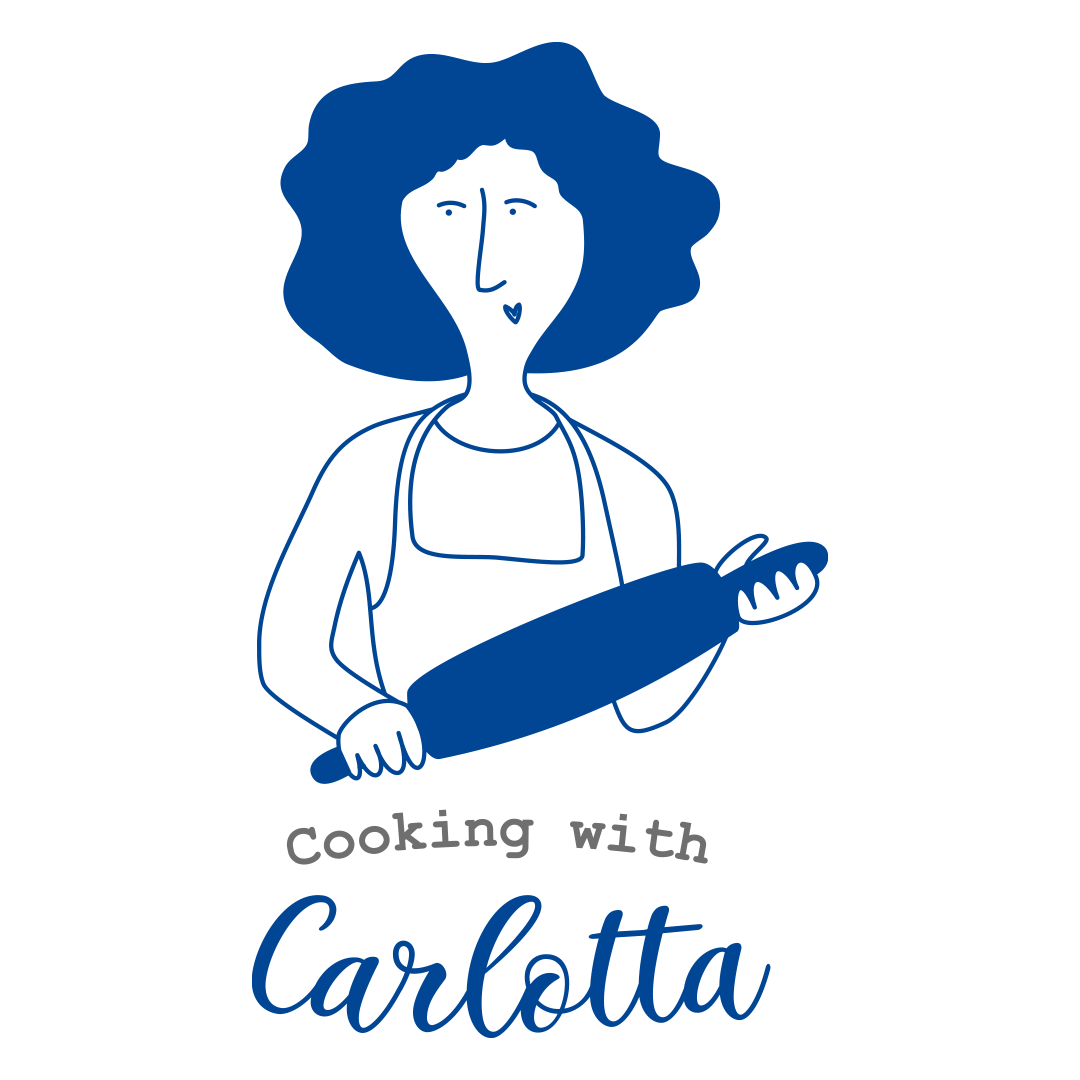The cuisine in Emilia-Romagna is permeated with sexual innuendos, expressed in its iconic stuffed pasta, tortellini. Local legends say that the creation of tortellini was inspired by the goddess Venus herself, who was spotted by an innkeeper while staying at his inn. Stricken by this vision, he rushed to the kitchen, rolled out a sheet of pasta and shaped it like the only part of his beautiful guest’s body he had seen from the lock. Today, the hole in the centre of a tortellino is still called “Venus’ navel”.
I follow my grand-grandmother’s recipe, who was from Modena, and made an all-pork stuffing, whereas in other parts of Emilia they prefer substituting pork loin with beef.
Tortellini are a typical Christmas dish in Emilia, but nowadays you can find them at any time during the winter season.
At Christmas, my family cooks them in a warm capon stock that I prefer preparing one day in advance, in order to refrigerate it in a smaller container overnight to remove the solidified fat from the top of the chilled stock. On normal Sundays, we have tortellini in our traditional meat stock (link).
Making tortellini is quite complicated and time-consuming, and it has always been a team effort. Traditionally, the entire family gathered around the “arzdora” (the mother, the real family boss in Ravenna dialect) to put the filling on the small squares of pasta and shape the tortellini. With their small fingers, women and children were the most capable when it came to sealing the tortellini.
In order to be efficient, the filling and the dough can be prepared one or two days in advance. I love using a piping-bag for the filling, and recently, a chef suggested I refrigerate the dough in a vacuum-bag, since the absence of air in the bag prevents oxidation and the dough from changing colour. Still, it is better to work as a team – at least two skilled people – in order to shape tortellini in time to prevent the sheet of pasta from drying.
Prep Time: 4 hours | Cooking Time: 30 minutes | Total Time: 5 hours | Yield: Makes 10 servings.
Ingredients
For the filling
- 3.5 oz (100 g) pork loin
- 1 tbsp dry white wine
- Sea salt and black pepper to taste
- 2 tbsp (30 g) butter
- 1 garlic clove
- 1 small rosemary sprig
- 2.8 oz (80 g) Parmigiano Reggiano
- 3 oz (90 g) Parma ham
- 3 oz (90 g) Bologna mortadella
- 2 eggs
- 1/8 teaspoon nutmeg, freshly grated
For the pasta
- 6 eggs
- 4 cups (500 g) all-purpose flour
For the capon stock
- 1 medium onion, peeled
- 1 medium carrot, peeled
- 1 celery stalk
- Half capon
- 3 parsley sprigs
- 4-5 black pepper corns
- 1 kg (2.5 lbs) various beef cuts used for Italian braised meat like beef tongue, tail, shin bones with meat, marrow bones and bones with a little meat on them, such as oxtail, short ribs, or knuckle bones (cut in half by a butcher)
Instructions
For the capon stock (one day in advance)
Place a large stockpot on the biggest burner. Fill with 4-5 litres/4.5 to 5.5 quarts of cold water (about two-thirds full) and add all the ingredients. Bring the water to the simmering point.
Gently simmer the stock, covered, for 3-4 hours, or even longer if you have time, topping up with water if necessary. Skim the white foam that bubbles to the surface with a slotted spoon.
Strain stock using a fine-mesh sieve and discard bones and vegetables. Let the broth continue to cool until barely warm, then refrigerate in smaller containers overnight. Remove solidified fat from the top of the chilled stock.
For the filling
Add the butter, rosemary, and garlic to a small pan, and sauté the meat. When the meat is roasted externally, add the wine and season with salt and pepper. Cook for five minutes and let it cool down. When it reaches room temperature, coarsely chop and put in a food processor with all the other ingredients. mince at maximum speed until the filling is perfectly blended and is pink in colour. Fill a piping-bag and keep in the fridge. Take it out and keep at room temperature an hour before using it, or it will be too hard to squeeze it out of the piping bag.
For the pasta
On a wooden pastry board, pour the flour into a mound, make a well in its centre and crack the eggs into it. Blend by hand, making a dough that you are going to smooth with a rolling pin.
Divide the dough into two halves, wrap them in plastic wrap and put in the fridge for a couple of hours.
Roll them out, remembering to sprinkle them with flour. Roll each ball of dough into a sheet about 2 mm (1/24 inch) thick.
Cut each dough into small 2-inch (5 cm) squares, and put little piles of filling in each centre.
Fold the squares into rectangles enclosing the filling. Gently lift one of the long sides against the stuffing at a time, roll around your baby finger and overlap the two corners. Lay on a paper tray or a normal tray covered with parchment, make regular rows and avoid that they come into contact with one another or they will stick together.
Cook them in the boiling stock and serve them still fuming hot.
